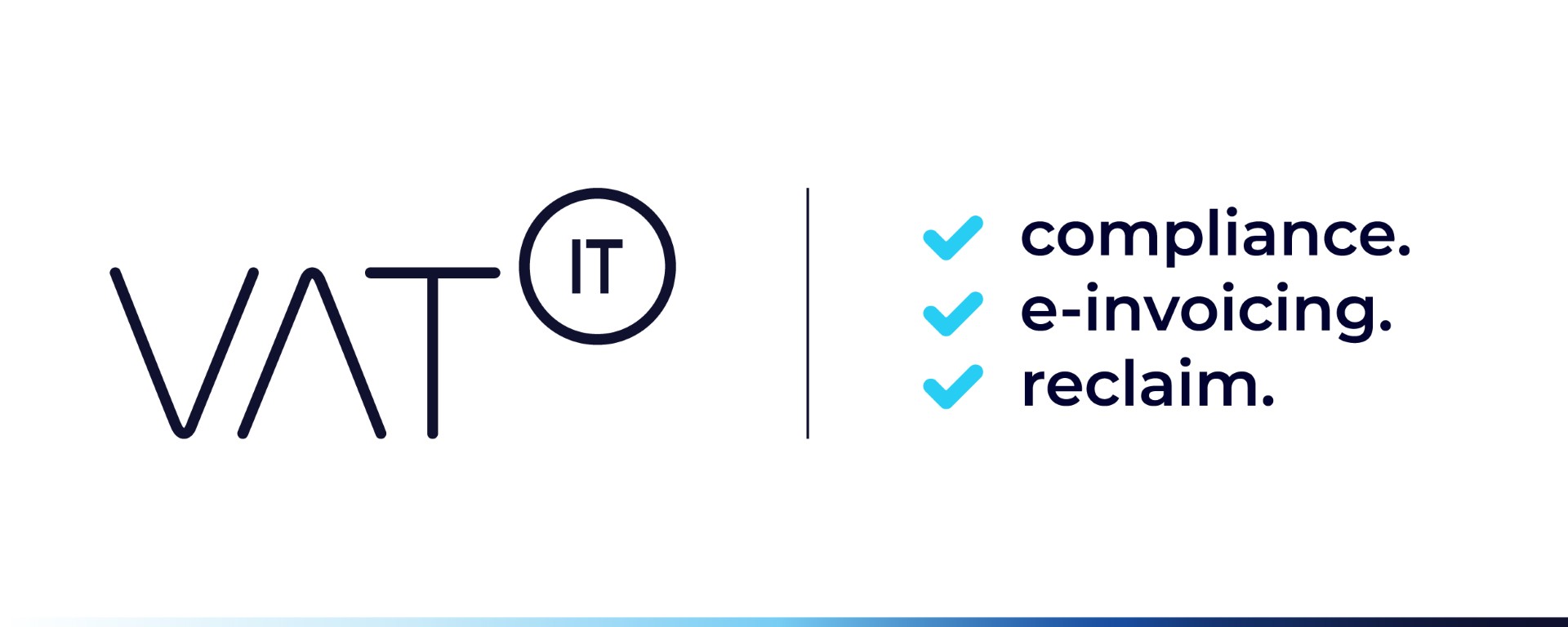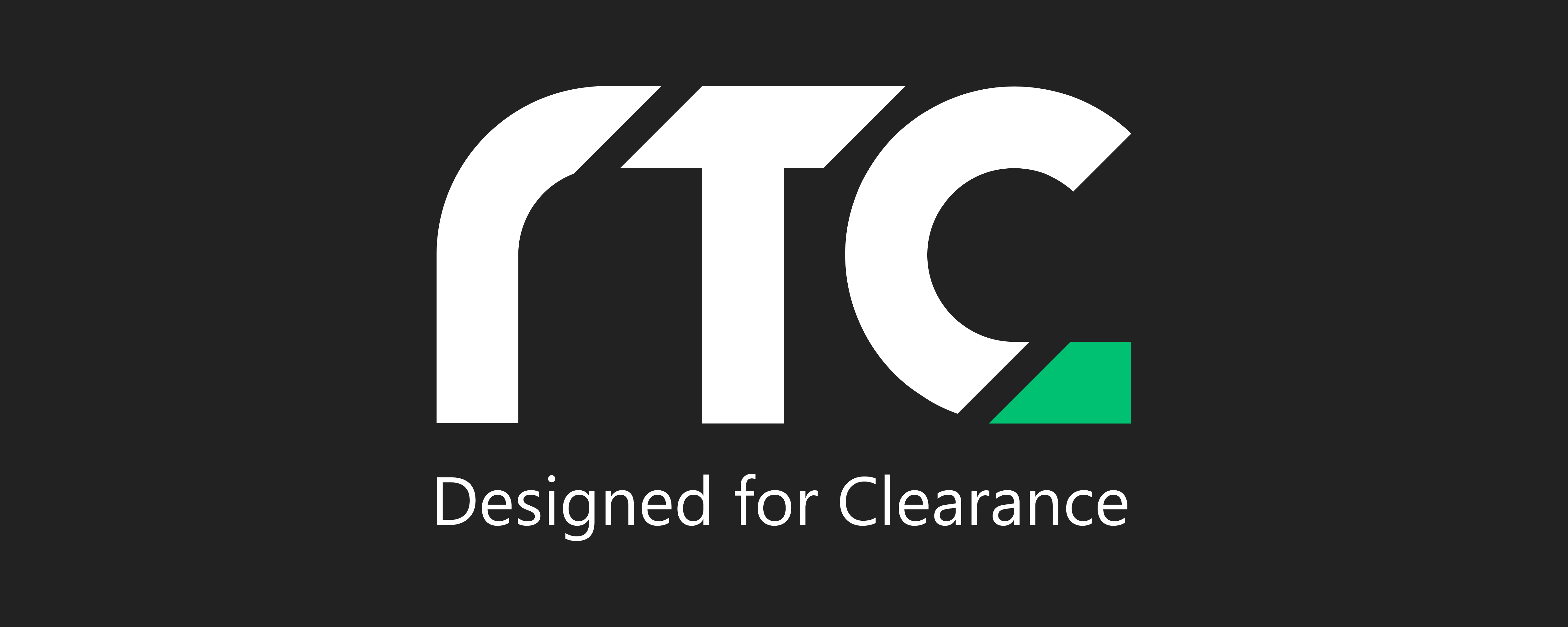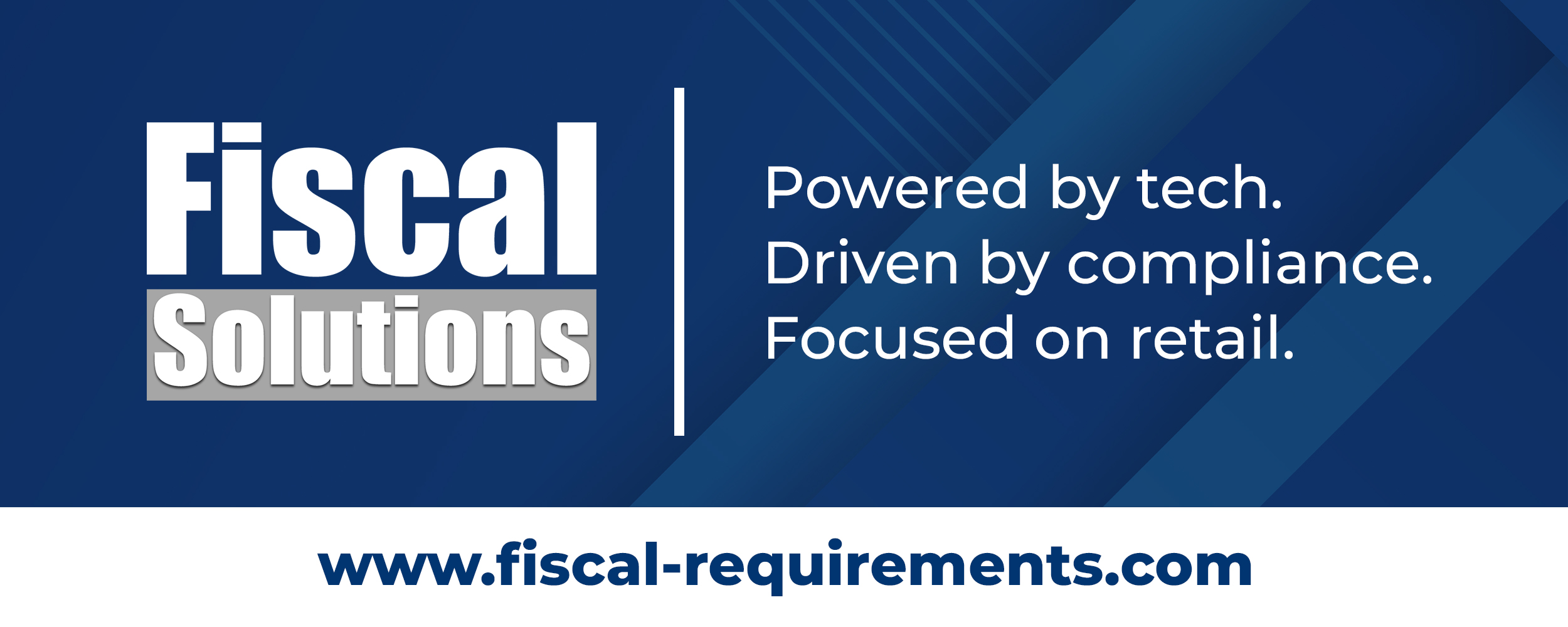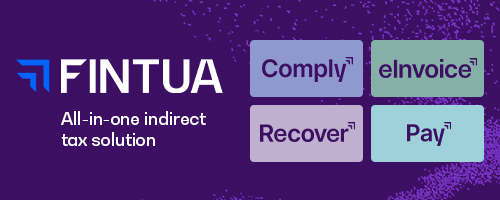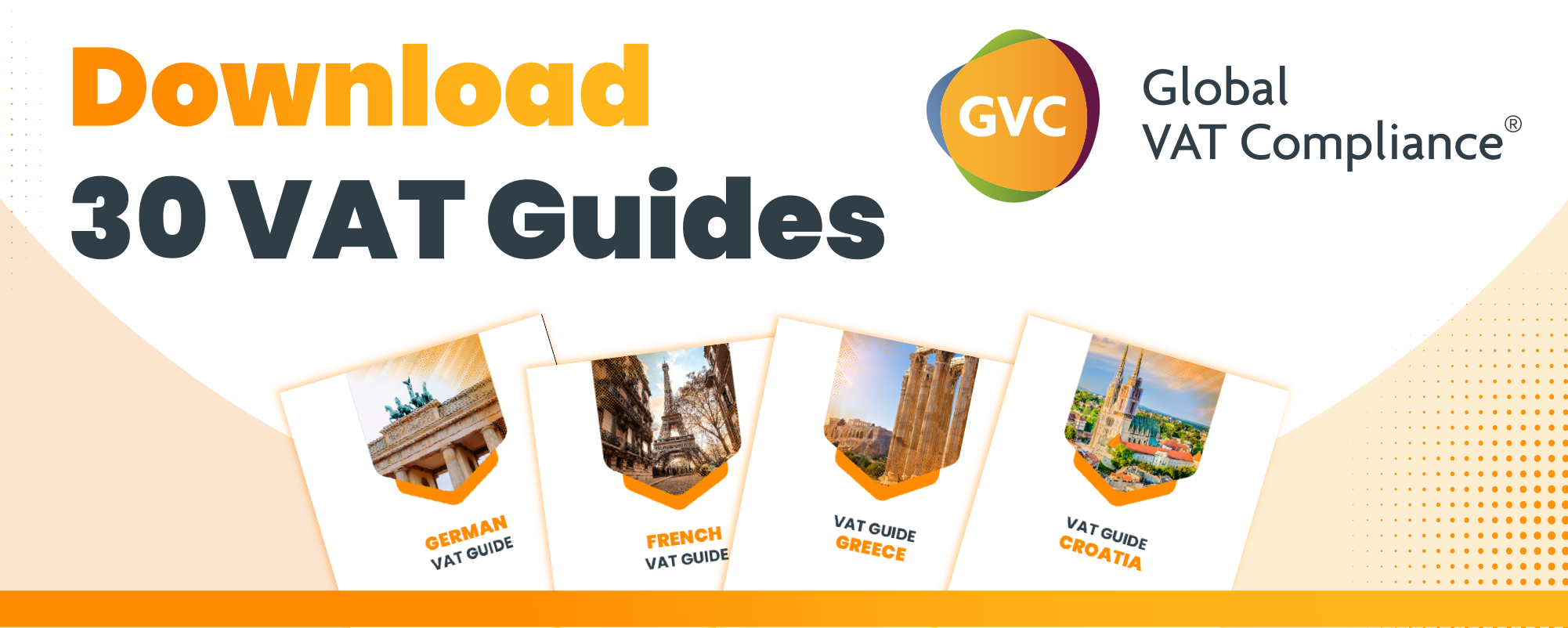SUMMARY
This briefing document summarizes the key aspects of Estonia’s e-invoicing and e-reporting mandates, focusing on the implementation timeline, scope, technical requirements, reporting processes, penalties for non-compliance, and official resources.
1. Implementation Timeline & Key Dates:
Estonia is implementing e-invoicing in phases:
- 2019: Mandatory B2G e-invoicing for all suppliers to Estonian public authorities.
- July 1, 2025: “Buyer’s Choice” phase begins. Any VAT-registered buyer can demand a structured e-invoice from the seller, who is then obligated to provide it. This applies to both B2B and B2G transactions. According to the source, this reform is intended to “boost e-invoice adoption from its previously low rate (~7% of companies were using e-invoices) and give businesses time to adapt.”
- 2027 (Planned): Full B2B mandate. All VAT-registered businesses must issue and receive e-invoices for transactions with other businesses. “Under this plan, all VAT-registered businesses would be required to issue and receive electronic invoices for transactions with other businesses, with no option for paper invoices in B2B trade.”
2. Scope & Exemptions:
- B2G: Mandatory e-invoicing for all suppliers to Estonian public authorities since 2019.
- B2B: “As of 2025, any VAT-registered business can insist on an e-invoice; the supplier is obliged to comply. By 2027, all invoices between VAT-registered businesses will need to be electronic, period.” There are “no exemptions based on company size or sector.”
- B2C: “There is no mandate for Business-to-Consumer invoicing.” Companies can voluntarily issue e-invoices to consumers, but it is not legally required.
3. E-Reporting Requirements (Transaction Data Reporting):
Estonia requires electronic reporting of invoice data to the tax authorities.
- Current System (KMD INF): Businesses must submit a list of transactions exceeding €1,000 per business partner per month alongside their VAT return using the KMD INF annex.
- After Reform (2027 onward): The €1,000 threshold will be eliminated, requiring the reporting of all B2B invoices, regardless of value. “Every VAT invoice between businesses would be captured in the system.”
- Data to be provided: Key invoice details, including “the buyer’s and seller’s tax ID numbers, invoice date and number, taxable amount, VAT amount, and other requisite fields mirroring the content of the invoice.”
- Submission Process & Deadlines: Invoice data is submitted periodically, “by the 20th day of the month following the taxable period.” The data can be entered online or uploaded as XML/CSV via the e-Tax portal. “At this time, Estonia has not mandated an invoice-by-invoice real-time clearance system; reporting remains periodic and post facto.”
4. Formats and Platforms:
- E-Invoice Format: E-invoices must be in a structured XML format compliant with the European Standard EN 16931. “In practice, this means invoices are issued in a structured XML format that a computer can automatically process (not PDF).” Accepted schemas include UBL 2.1 XML (Peppol BIS 3.0) and the local e-invoice XML (e-arve, version eXML 1.2). “As of the July 2025 Accounting Act changes, the default required format is the European EN 16931 standard invoice, aligning with the PEPPOL UBL format.”
- Transmission Mechanism: Estonia uses a decentralized model for e-invoice exchange. “There is no single central government platform that businesses are forced to use for domestic invoice clearance.” Companies can use accounting software or intermediary service providers like the Peppol network.
- E-Reporting Format: The KMD INF reports are submitted electronically as part of the VAT return process in XML or CSV format via the e-MTA portal.
5. Penalties for Non-Compliance:
The Estonian Tax and Customs Board imposes penalties for non-compliance:
- “Failing to submit required VAT returns or reports on time can lead to substantial fines – up to €32,000.”
- “Not complying with e-invoicing requirements (e.g. refusing to issue an e-invoice when obligated, or not using the proper format) is a misdemeanor that can be fined up to €3,200 by authorities.”
- “If a business provides incorrect or incomplete information that results in an underpayment of VAT… the penalties can be much higher – potentially 100% of the unreported VAT amount as a fine.”
6. Pre-filled VAT Returns:
“Estonia does not currently offer pre-filled VAT returns for taxpayers.” Taxpayers must still complete their VAT returns electronically, and the tax authority uses the e-invoice data for cross-checking.
INDEPTH ANALYSIS
- 2019: Business-to-Government (B2G) e‑Invoicing became mandatory for invoices issued to public sector entities (central government from July 1, 2019, with sub-central authorities by April 2020). All suppliers to the government must send standardized e-invoices for public contracts. [vatupdate.com], [vatupdate.com]
- July 1, 2025: “Buyer’s Choice” phase: Any VAT-registered buyer (including private businesses and government bodies) can demand a structured e-invoice from the seller. Sellers in Estonia will be obligated to issue an e-invoice upon the buyer’s request, instead of paper or PDF. This rule, established by amendments to the Accounting Act (approved September 2024), applies broadly to B2B and B2G transactions alike. (In practice, all public-sector buyers will request e-invoices by default, since they are registered e-invoice recipients.) This 2025 reform is intended to boost e-invoice adoption from its previously low rate (~7% of companies were using e-invoices) and give businesses time to adapt. [rtcsuite.com], [marosavat.com] [bdo.global], [vatcalc.com] [rtcsuite.com], [fin.ee]
- 2027 (Planned): Full B2B Mandate: Estonia aims to make e-invoicing fully mandatory for all domestic B2B transactions by 2027. Under this plan, all VAT-registered businesses would be required to issue and receive electronic invoices for transactions with other businesses, with no option for paper invoices in B2B trade. Legislation to amend the VAT Act is being drafted in 2025 to enact this by 2027. This phase goes hand-in-hand with enhanced transaction reporting (see “E-Reporting” below) and aligns with the EU’s “VAT in the Digital Age (ViDA)” initiative, which will require e-invoicing for cross-border EU transactions by 2030. (Note: Business-to-Consumer invoices are not subject to any e-invoicing mandate – paper or PDF invoices to private individuals remain allowed.) [rtcsuite.com], [marosavat.com] [edicomgroup.com], [edicomgroup.com] [rtcsuite.com], [fin.ee] [vatupdate.com], [vatupdate.com]
- B2G: All suppliers (Estonian or foreign) issuing invoices to Estonian public authorities must use e-invoices. This has been compulsory since 2019. Public entities are registered to receive e-invoices by default, and must be able to accept invoices that conform to the required standards. [vatupdate.com], [vatcalc.com] [ec.europa.eu], [ec.europa.eu]
- B2B: As of 2025, any VAT-registered business can insist on an e-invoice; the supplier is obliged to comply. By 2027, all invoices between VAT-registered businesses will need to be electronic, period. This will apply to all taxable persons (VAT payers) in Estonia – effectively all businesses registered for VAT must comply. There is no turnover threshold or size cutoff for the e-invoicing mandate (once in effect), meaning even SMEs registered for VAT will fall under the requirement. Both domestic and foreign companies who are VAT-registered in Estonia must follow the e-invoicing rules for their B2B dealings in Estonia. [bdo.global], [marosavat.com] [vatupdate.com]
- B2C: There is no mandate for Business-to-Consumer invoicing. Companies may voluntarily issue e-invoices to consumers (or continue with paper receipts/invoices), but it’s not required by law. The mandates explicitly exclude consumer transactions. [vatupdate.com], [vatupdate.com]
- Current System (KMD INF): Estonian VAT-registered businesses must submit a list of transactions alongside their VAT return for monitoring purposes. Until 2027 this applies only to larger transactions: specifically, any sales or purchases with a given business partner exceeding €1,000 in a month must be reported with detail on the VAT return annex (known as KMD INF). This report essentially lists the partner VAT number and invoice details for those transactions, enabling the tax authority to cross-check that buyers and sellers declare the same transactions. (Transactions below €1,000 with a partner currently don’t need to be itemized in the report.) [fin.ee], [fin.ee]
- After Reform (2027 onward): The Ministry of Finance has proposed eliminating the €1,000 threshold, meaning all B2B invoices will have to be reported to the tax administration, regardless of value. Every VAT invoice between businesses would be captured in the system. This change, slated to take effect in 2027, will give the Tax and Customs Board a complete, granular view of taxable transactions to fight fraud (closing the loophole of unreported sub-€1000 invoices). It effectively creates a comprehensive e-reporting regime covering all B2B trade. [vatcalc.com], [edicomgroup.com] [fin.ee], [fin.ee]
- Data to be provided: Businesses will need to provide key invoice details in these reports, including the buyer’s and seller’s tax ID numbers, invoice date and number, taxable amount, VAT amount, and other requisite fields mirroring the content of the invoice. (In practice, since the e-invoice itself contains all the required data in structured form, the long-term vision is that submitting the e-invoice data to the tax authority will satisfy this reporting obligation.) Already, Estonian law dictates that invoices (whether paper or electronic) must contain all standard VAT invoice elements – date of supply and issuance, a unique sequential invoice number, seller’s and buyer’s name, address and VAT number (for the buyer if they have one), a description/quantity of goods or services, the taxable amount and VAT rate, the VAT amount, and the total price. These are the data points that the tax authority will receive for each transaction under e-reporting. [spaceinvoices.com], [spaceinvoices.com]
- Submission Process and Deadlines: There is no real-time or continuous transmission of domestic invoices to the tax authority at this point. Instead, the data is submitted periodically. Currently, the deadline for providing the required invoice data is the same as the VAT return deadline – by the 20th day of the month following the taxable period (since VAT is filed monthly in Estonia). Taxable persons submit their VAT return and the associated transaction report (KMD INF for domestic dealings and separate EU sales list for intra-EU supplies) by the 20th of the next month via the e-Tax portal. Data can be entered online or uploaded (XML/CSV format) to the tax authority’s system, and larger businesses can even transmit it via an automated X-tee (API) interface. Under the 2027 reforms, this periodic reporting will continue (still due by the 20th of the following month, unless real-time reporting is introduced later). The only change is that all invoices will need to be included, not just those over a threshold. (At this time, Estonia has not mandated an invoice-by-invoice real-time clearance system; reporting remains periodic and post facto.) [ec.europa.eu], [ec.europa.eu] [emta.ee] [emta.ee], [spaceinvoices.com]
- E-Invoice Format: Estonia has adopted the European Standard EN 16931 for e-invoices to ensure a common structured format. In practice, this means invoices are issued in a structured XML format that a computer can automatically process (not PDF). Two XML schemas are accepted: the European standard format (EN 16931 compliant) – typically implemented via UBL 2.1 XML (Peppol BIS 3.0) or UN/CEFACT Cross-Industry Invoice – and Estonia’s local e-invoice XML (e-arve, version eXML 1.2). As of the July 2025 Accounting Act changes, the default required format is the European EN 16931 standard invoice, aligning with the PEPPOL UBL format. However, if both trading parties agree, they may use an alternative format (the law allows continued use of the older national XML standard by mutual agreement, though this is expected to phase out over time). All e-invoices must be machine-readable and “structured” to count (a PDF is not considered an e-invoice). [vatupdate.com], [marosavat.com] [edicomgroup.com], [vatcalc.com] [marosavat.com] [marosavat.com], [ec.europa.eu]
- Transmission Mechanism: Estonia employs a decentralized model for e-invoice exchange. There is no single central government platform that businesses are forced to use for domestic invoice clearance. Instead, companies send e-invoices through their accounting software or via intermediary service providers. Many Estonian businesses use the Peppol network or local e-invoicing operators (such as Finbite, Telema, etc.) to exchange invoices with trading partners. All public sector entities can receive invoices through these interoperable networks. The government has also made available a free e-invoicing tool via the Centre of Registers and Information Systems (RIK) for small businesses that need to issue e-invoices. [ec.europa.eu], [ec.europa.eu] [vatcalc.com], [ec.europa.eu] [ec.europa.eu]
- E-Reporting Format: The periodic transaction reports (KMD INF) are submitted electronically as part of the VAT return process. Data can be uploaded in a structured format like XML or CSV via the tax authority’s e-MTA portal, ensuring the information is captured in a consistent, machine-readable way. Essentially, businesses either import their invoice data into the online form or send a file that includes all required fields for each invoice. As e-invoicing becomes widespread by 2027, it’s anticipated that the same data in those e-invoices will feed the tax authority’s systems, simplifying compliance. (Notably, Estonia does not currently require a real-time clearance or approval of invoices before use; the e-reporting is done after issuance as described above.) [emta.ee]
- Failing to submit required VAT returns or reports on time can lead to substantial fines – up to €32,000 – and a daily interest charge of 0.06% on any late-paid tax. This underscores the importance of meeting the monthly deadline. [spaceinvoices.com]
- Not complying with e-invoicing requirements (e.g. refusing to issue an e-invoice when obligated, or not using the proper format) is a misdemeanor that can be fined up to €3,200 by authorities. Similar fines (up to €3,200) apply for not complying with digital reporting obligations (for instance, failing to submit the KMD INF data or submitting it in the wrong format). These fines can be applied per violation or per invoice, so consistent compliance is important. [spaceinvoices.com]
- If a business provides incorrect or incomplete information that results in an underpayment of VAT (for example, not reporting a taxable transaction at all), the penalties can be much higher – potentially 100% of the unreported VAT amount as a fine, plus the 0.06% daily interest until the shortfall is corrected. In other words, attempting to evade VAT by not invoicing or not reporting sales can double the cost of the tax due. [spaceinvoices.com]
- Additionally, general tax rules stipulate fines (up to €3,200) for failing to register for VAT on time if required, which is tangentially related (ensuring all those who should be in the system are registered and then issuing e-invoices as mandated). [spaceinvoices.com]
- See also
- Join the Linkedin Group on Global E-Invoicing/E-Reporting/SAF-T Developments, click HERE
Latest Posts in "Estonia"
- Estonian Parliament to Decide on Food VAT Cut After Record-Breaking Public Petition in March
- Estonian Court Rules Construction Contract Was Taxable Intra-Community Sale of Goods at 20% VAT
- Estonian Parliament Considers Reducing VAT on Basic Food Groups to 9 Percent
- Estonia Implements Mandatory E-Invoicing and Tax Reforms to Combat Fraud
- July Sees 28 Million Euro VAT Revenue Boost, 161 Million Euro Increase Year-to-Date





